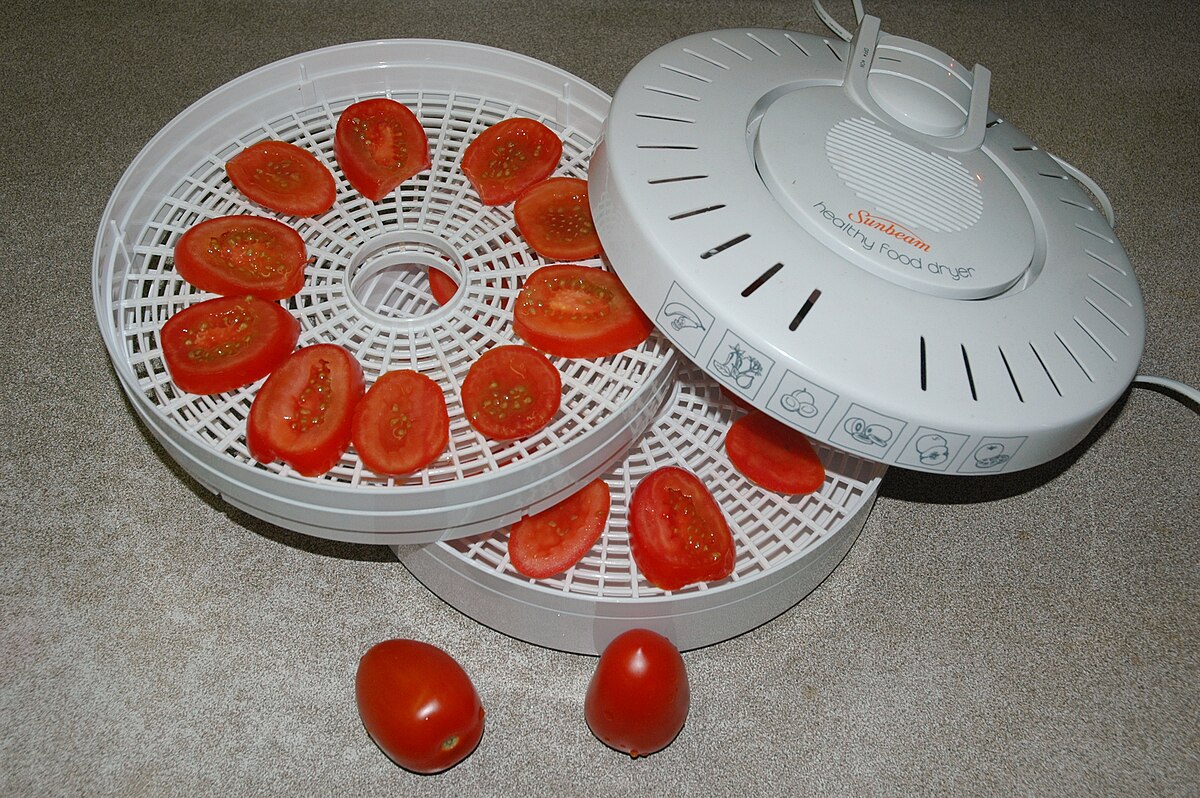
Summary:
A food dehydrator removes moisture from food to extend its shelf life. Modern dehydrators use heated air convection to reduce water content, which inhibits bacterial growth and decreases weight and volume. They consist of heating elements, fans, vents, and food trays. Optimal drying temperature is 130°F (54°C) for most foods, but meat should be dehydrated at 155°F (68°C) to prevent pathogens. Constant temperature and adequate airflow are crucial, as high heat or low airflow can result in hardened foods.
Variants:
Solar Food Dehydrators: These utilize sunlight converted into heat to dry food. They differ from sun drying, which can alter food chemically. Solar driers provide higher temperatures and faster drying times than some air dehydrators. They typically use natural convection and adjustable venting for temperature regulation. Indirect solar dryers generate heat in a separate collector and direct it into the food chamber, while direct solar dryers combine the collector and food cabinet.
Features and Benefits:
Food dehydrators offer several benefits. They preserve food, extending shelf life by removing moisture. They dramatically reduce weight and volume, making storage easier. Dehydrated foods are often more nutrient-dense and have a longer shelf life than fresh produce. Dehydrators are versatile, allowing users to preserve a wide variety of foods.
Practicality and Sustainability:
Food dehydrators are practical appliances for individuals seeking to preserve their own food. They are relatively simple to use and can be used for both short-term and long-term food preservation. Solar food dehydrators, in particular, are sustainable options, as they utilize renewable energy. They play a role in agricultural sustainability and food security.